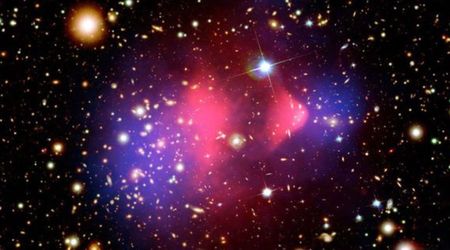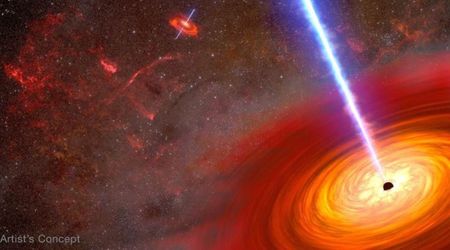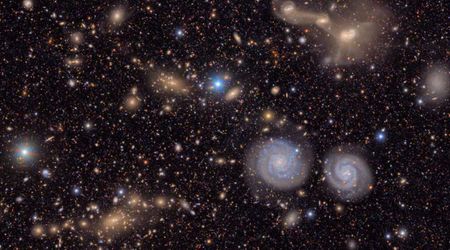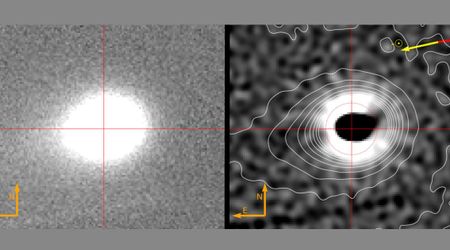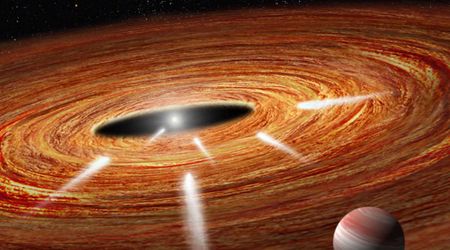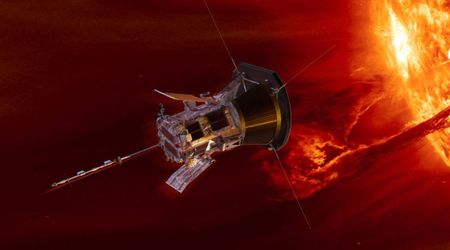Unarmed Minuteman III missile successfully launched in routine test to demonstrate U.S. military's strength and readiness

The U.S. military successfully test-launched an unarmed Minuteman III intercontinental ballistic missile (ICBM) from Vandenberg Space Force Base in California on Wednesday, May 21. The launch took place at 3:01 a.m. ET (12:01 a.m. local Pacific time, or 0701 GMT), aimed to demonstrate the readiness of the US nuclear arsenal, reported Space.com.

During the test, the Minuteman III sent a single re-entry vehicle approximately 4,200 miles across the Pacific. The vehicle successfully impacted the U.S. Army's Ronald Regan Ballistic Missile Defense Test Site, situated within the Kwajalein Atoll, part of the Marshall Islands. U.S. Space Force's Space Launch Delta clarified that this ICBM test, like others before it, was planned months in advance. They further emphasized in a statement that the launch "is not a response to current world events," underscoring its routine nature as part of ongoing readiness protocols. This test launch was a collaborative effort, overseen by the U.S. Air Force's Global Strike Command. They worked closely with personnel from the 90th Missile Wing at F.E. Warren Force Base, Wyoming, and the 341st Missile Wing from Malmstrom Air Force Base, Montana, all of whom provided crucial support for the successful operation.

Leaders from Global Strike Command commended the dedication of the service members involved. The test served as a key demonstration of the United States' comprehensive nuclear capabilities. These capabilities are strategically organized into what is known as the nuclear triad. The nuclear triad encompasses three distinct methods of delivering nuclear weapons: Minuteman III, submarine-launched missiles, and nuclear weapons.
Gen. Thomas Bussiere, the commander of Air Force Global Strike Command, said in the Space Force statement, "This ICBM test launch underscores the strength of the nation's nuclear deterrent and the readiness of the ICBM leg of the triad." He further credited the individuals responsible for maintaining this vital defense. He noted, "This powerful safeguard is maintained by dedicated Airmen — missileers, defenders, helicopter operators, and the teams who support them — who ensure the security of the nation and its allies." ICBM, the Minuteman III, is slated for retirement. It is expected to be gradually phased out of service over the next few years, with its full replacement anticipated by 2030. Its successor will be a new generation ICBM known as the LGM-35 Sentinel, which is being developed by Northrop Grumman, as mentioned by the outlet.

The Soviet Union pioneered intercontinental ballistic missile (ICBM) technology, with its first successful launch in May 1957. This groundbreaking achievement utilized the very same rocket technology that later propelled Sputnik, the world's first artificial satellite, into orbit, marking a pivotal moment in space exploration. Just months later, the United States followed suit, launching its own inaugural ICBM, the SM-65 Atlas. This early American missile proved to be a foundational design; subsequent versions of the Atlas rocket were famously adapted to launch the initial Project Mercury astronauts into Earth's orbit, contributing significantly to the early U.S. human spaceflight program. The highly dependable Atlas-Centaur rocket, which served for over four decades, was a direct descendant of the SM-65 Atlas. Even today, the United Launch Alliance Atlas V rocket is still active in service, tracing its lineage back to these pioneering Atlas designs.


